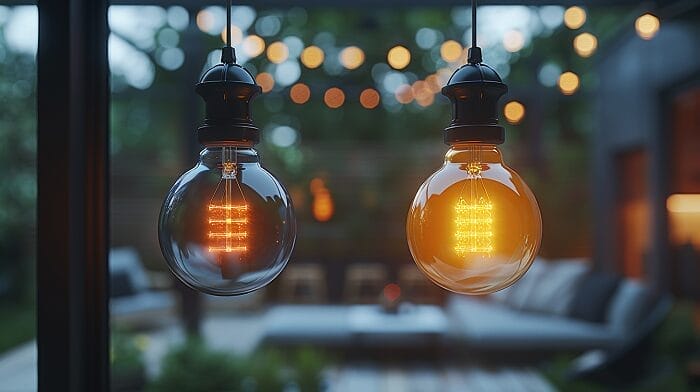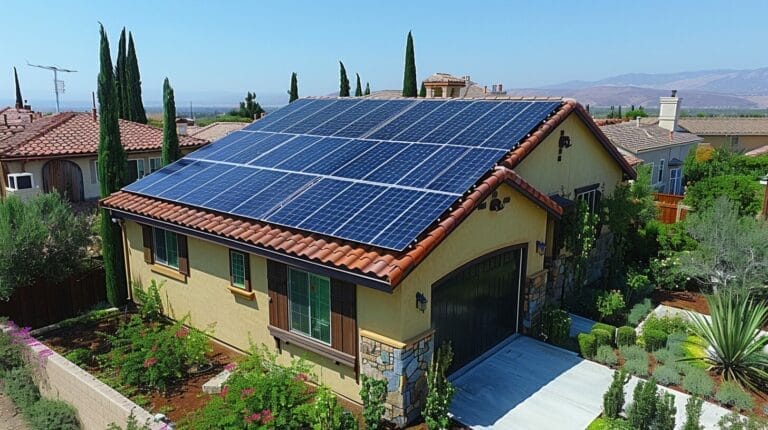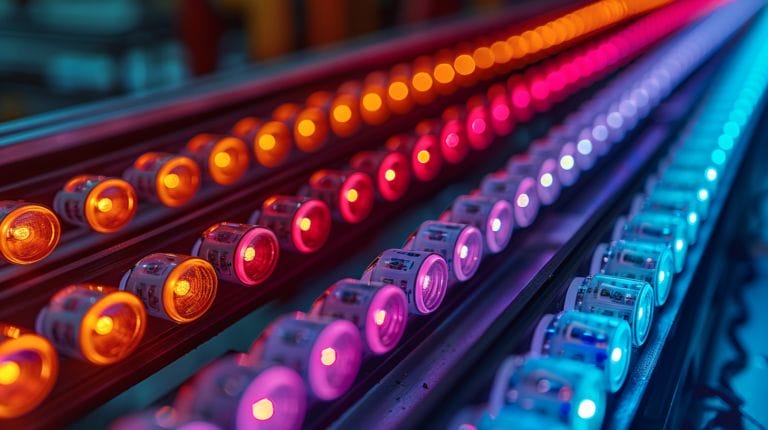How to Know Which Light Bulb Is Brighter: Lumen and Watts
When it comes to determining which light bulb shines brighter, one must shift the focus to lumens over watts. Understanding the correlation between lumens and watts is fundamental in making informed decisions regarding lighting choices. By grasping this essential relationship, we can effectively choose the most suitable and energy-efficient light source for our needs.
So, how to know which light bulb is brighter? Let’s shed some light on this topic to reveal the secrets behind selecting the brightest option for your space.
Key Takeaways
- Lumens, not watts, determine brightness accurately.
- Focus on lumens for energy-efficient lighting choices.
- Understand lumens-to-watts conversion for proper selection.
- Evaluate light bulb label specifications for lumens and watts.
- Opt for LED bulbs for high lumens and energy efficiency.
Understanding the Basics: Light Bulbs, Brightness, and Lighting Terms

To understand the basics of light bulbs, brightness, and lighting terms, we must differentiate between LED and incandescent bulbs. Light bulbs are integral to our daily lives, and advancements in technology have led to the rise of LED bulbs over traditional incandescent ones.
Lumens are the key metric for measuring brightness, not watts. Watts indicate energy consumption, while lumens measure the actual brightness produced by a bulb. This shift in focus from watts to lumens is vital for selecting the right light bulb for your needs.
Understanding lighting terms can help make informed decisions. The Kelvin scale, for example, determines the color temperature of a bulb, affecting the ambiance it creates. Higher Kelvin values result in cooler, bluish light, while lower values produce warmer, yellowish light. By understanding these concepts, we can confidently navigate the world of light bulbs and choose the perfect illumination for any space.
A Practical Guide to the Lumen: The Unit of Light Bulb Brightness
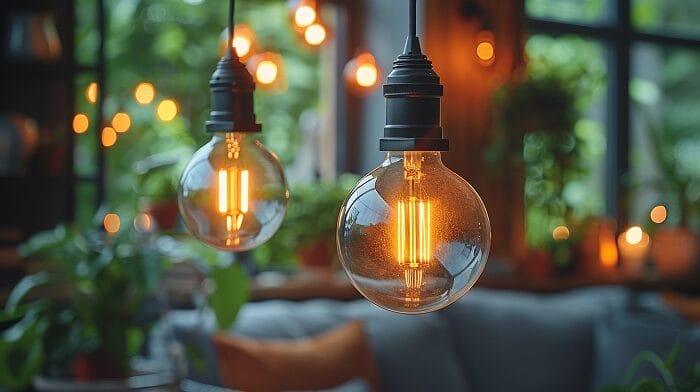
Lumens are the unit that determines bulb brightness. They measure the total amount of visible light emitted by a source, giving a clear indication of a bulb’s brightness. It’s important to note that lumens and watts are not interchangeable terms; watts measure the amount of energy a bulb uses, while lumens quantify its light output. Therefore, when aiming for energy-efficient lighting solutions, it’s crucial to focus on lumens rather than watts.
Here is a helpful table to illustrate the relationship between lumens, watts, and light output:
| Lumens | Watts | Light Output |
|---|---|---|
| 450 | 40W | Low |
| 800 | 60W | Medium |
| 1600 | 100W | High |
| 3000 | 150W | Very High |
Navigating the Light Bulb Label: A Guide to Understanding the Specifications
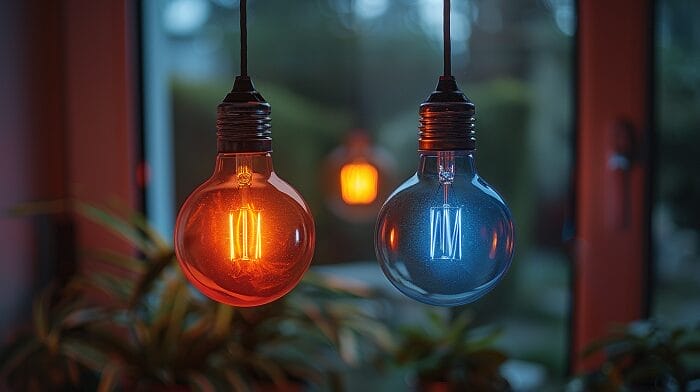
Deciphering the information provided on a light bulb label can help consumers make informed decisions when selecting the right bulb for their needs. Lumens are the key to understanding a bulb’s brightness, while watts measure energy consumption.
The higher the wattage, the more energy the light source consumes, but this doesn’t always equate to greater brightness. By focusing on lumens rather than watts, consumers can accurately gauge the brightness of a bulb and make the appropriate choice for their settings.
Choosing the Right Light Bulb: How to Make an Informed Decision

When selecting the right light bulb, consider various factors to ensure an informed decision. One important aspect to focus on is the lumen output of the bulb, which indicates the brightness level it provides.
Additionally, consider the number of watts the bulb consumes to determine its energy efficiency. Opting for LED light bulbs can be a wise choice as they offer high lumen output while consuming fewer watts, making them both bright and energy-efficient.
- Consider the lumen output for brightness
- Evaluate the wattage for energy efficiency
- Opt for LED light bulbs for a combination of brightness and energy efficiency
Exploring the Future of Lighting: Technological Advances and Trends

Innovations in lighting technology are continuously enhancing brightness levels and energy efficiency in modern light bulbs. LED bulbs are at the forefront of this evolution, offering higher lumens per watt compared to traditional incandescent bulbs. With lower wattage, LED bulbs can provide the same level of brightness or even brighter illumination.
Looking ahead, the future of lighting holds promising advancements in brightness levels, with manufacturers focusing on creating even more efficient and brighter LED bulbs. These developments will not only enhance the quality of light emitted but also reduce energy consumption.
Conclusion
To sum up, understanding the difference between lumens and watts is crucial in selecting the brightest light bulb for your needs. By prioritizing lumens for brightness and watts for energy efficiency, you can make well-informed decisions when selecting lighting options.
Remember to always check the label for specifications and consider the future of lighting technology for even more efficient and bright options.
Make the switch to brighter, more energy-efficient lighting for a well-lit and environmentally friendly space.
Frequently Asked Questions
What is the difference between lumens and watts when it comes to measuring the brightness of a light bulb?
Watts measure the amount of energy consumed by a bulb, while lumens indicate the amount of light emitted. In general, more lumens mean a brighter light.
How do LED bulbs compare to incandescent bulbs in terms of brightness?
LED bulbs are more energy-efficient than incandescent bulbs and can produce the same amount of brightness using fewer watts.
How can I determine how many lumens I need for a particular room or fixture?
Use a lumen chart or consult the product packaging to find out how many lumens are recommended for the specific area or task.
Is there a direct correlation between watts and lumens in terms of brightness?
Not necessarily. The number of lumens produced by a light bulb can vary depending on the technology used, so it’s important to consider lumens alongside watts for accurate brightness comparison.
What is the equivalent wattage for an LED bulb that produces the same amount of light as a traditional 40-watt bulb?
An LED bulb that is equivalent to a 40-watt incandescent bulb typically consumes around 6-9 watts but produces the same amount of brightness.

